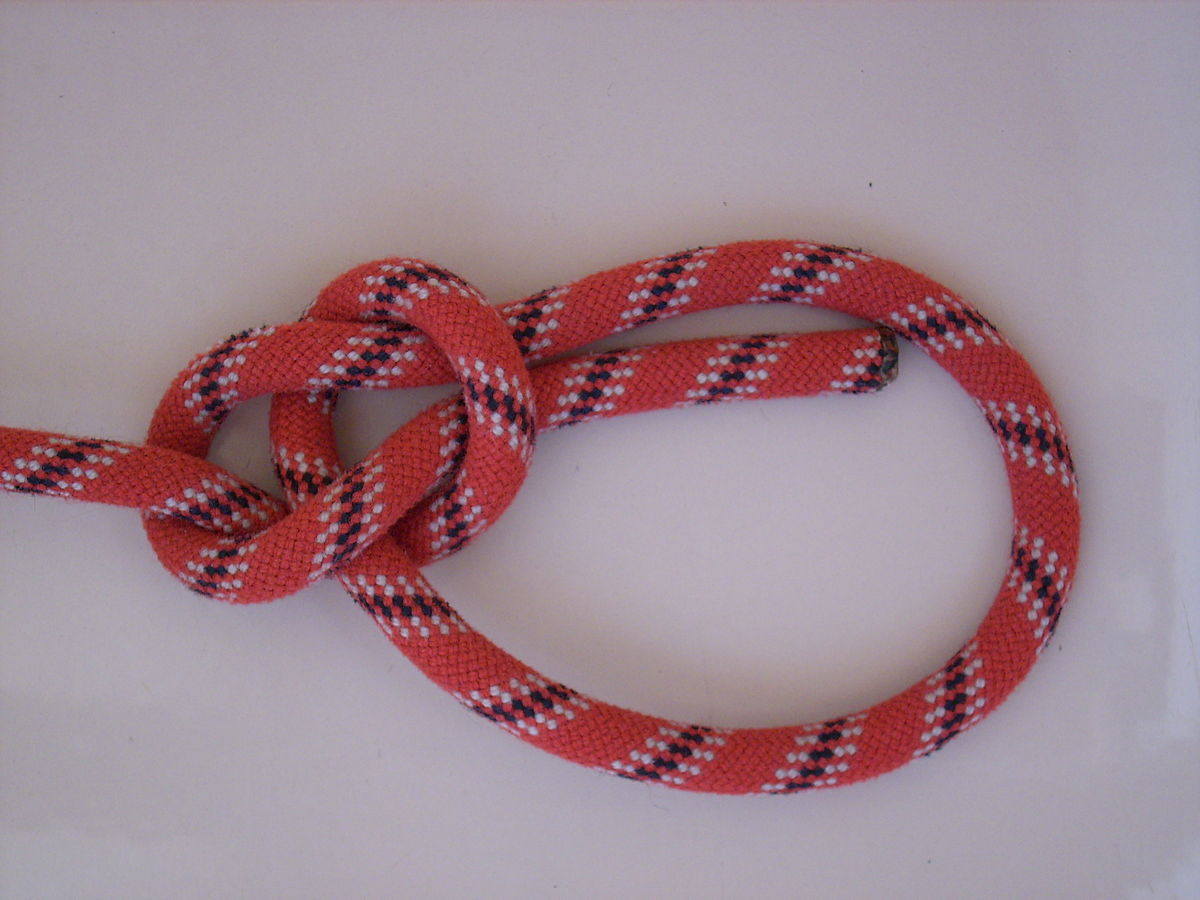Essential knots on board
These are absolutely essential; we use them all the time and you have to know them inside out.
The capstan knot
It is an essential knot on board. It is used for several purposes, but in our case, we use it mainly to attach the fenders to the sides of the boat. Very practical because you can easily adjust the height of the fenders without undoing the knot, just by loosening it. It is possible to secure a capstan with two half hitches, especially if the rope is of large diameter.

The bowline
This knot is widely used on a boat but also in the mountains. It is simple to make, very solid while remaining easy to undo once the tension is released. Be careful, on a rope that is not under tension, it can become undone by itself. Especially if the rope is thick. In principle, it will not be used on an anchor or to moor a boat. The surf could cause it to unravel on its own or to slide.

The cleat knot
This is the third knot that you have to know how to make perfectly. It is made around a cleat that is found on boats, but also on docks. It is mainly used to “tie up” the boat when it is docked. It is also used quite simply when you want to tie down a rope. It is important to make it correctly in order to ensure its strength but also its simplicity to be undone it quickly, even under tension.

The figure eight knot
It takes its name from its shape. Certainly one of the easiest knots to make.
This is a stopper knot. This knot is made at the end of a line to prevent it from going through a block, a cleat or a spinlock. It is relatively easy to undo, does not damage the line too much, and forms a larger knot than the simple knot. Be careful, on the sheets and spinnaker arms, you should never tie a stopper knot.
Doubled up, it is also widely used in the mountains by alpinists to rope up.
Other knots you should also know
Although less important, they are no less useful.

Dead turn and two half hitches
This is a major fundamental knot. It is useful in many situations; to moor the boat (when using a ring instead of a cleat), to attach the fenders (it is, however, less easy to adjust the height than with the capstan knot) It remains easy to learn and to undo.

The reef knot
It is a knot to join two ropes together. There are several ways to do this. The most common way is to tie two knots, one on top of each other. Neverless, three times out of five, a cow’s knot is tied. Be careful though, the reef knot tends to unravel itself. Do not use it where there will be a lot of tension.

The sheet bend
As with the reef knot, the sheet bend is used to join two ropes together. With the difference that it holds much better under tension and is very easy to undo afterwards. In addition, it is excellent for joining two ropes of different diameters.

The anchor knot
The anchor knot is used to attach a line to a ring, for example. It has the advantage of not unraveling on its own with or without tension. It is simple to make and easy to undo. It doesn’t block even when wet and strained. It looks like the dead turn and two half hitches, the first half hitch goes through the dead turn.








